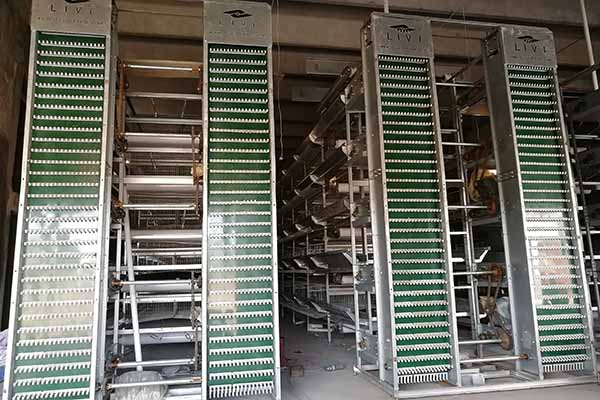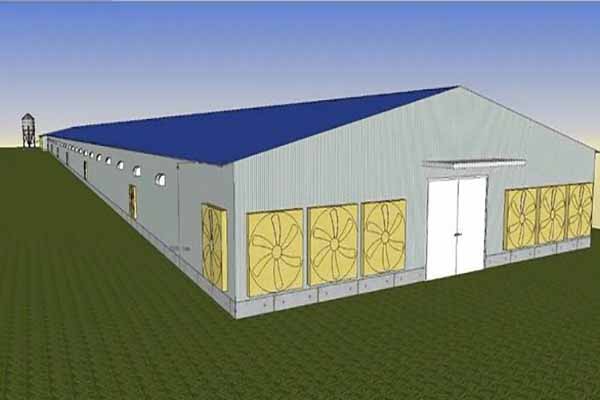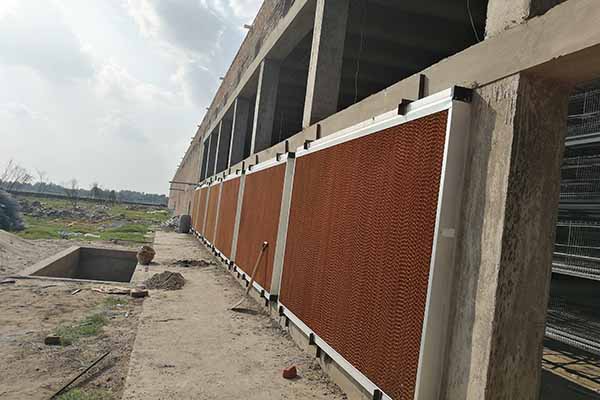Poultry Automation for 500,000 Birds: A Case Study in Zambia
As the poultry industry continues to grow, especially in developing countries like Zambia, automation has become a key factor for efficiency and profitability. This article delves into a case study of a poultry farm in Zambia that has automated its operations for a capacity of 500,000 birds. We will discuss the benefits, challenges, and the implementation process.
Why Automation for 500,000 Birds in Zambia?
Zambia, with its expanding economy, has seen a rise in demand for poultry products. To meet this demand, a local poultry farm decided to automate its operations. Here are some key reasons for this decision:

- Increased production capacity
- Reduced labor costs
- Improved animal welfare
- Enhanced food safety standards
Implementation Process
The implementation of automation for 500,000 birds involved several key steps:
- Feasibility Study: A thorough analysis of the farm’s current operations and market demand was conducted.
- Design and Planning: The farm’s layout was redesigned to accommodate new automated systems.
- Equipment Selection: State-of-the-art automation equipment was chosen, including feeding systems, ventilation, and climate control.
- Installation and Integration: The new systems were installed and integrated with the existing infrastructure.
- Training: Farm staff were trained on the new systems to ensure smoo
 th operation.
th operation.
Benefits and Challenges
Since the implementation, the farm has experienced numerous benefits:
- Increased Production: The automated systems have allowed for a consistent and higher output.
- Reduced Labor Costs: Automated systems have minimized the need for manual labor.
- Enhanced Animal Welfare: The automated systems ensure optimal conditions for the birds, leading to better health and productivity.
- Improved Food Safety: Automated systems help maintain strict food safety standards.
However, challenges were also encountered:

- Initial Investment: The cost of implementing the new systems was substantial.
- Technical Issues: There were some technical hurdles to overcome during the installation and integration phases.
- Training and Adaptation: Staff needed time to adapt to the new systems.
Conclusion
Automating a poultry farm with a capacity of 500,000 birds in Zambia has proven to be a successful venture. The benefits of increased production, reduced labor costs, and improved animal welfare have outweighed the challenges. If you are considering automation for your poultry farm, it is essential to conduct a thorough feasibility study and plan meticulously to ensure a successful implementation.
For those interested in exploring the possibility of poultry automation for your farm, we invite you to leave a comment below or contact us directly for a free, no-obligation consultation. Our experts at Livi Mechanical can provide you with a customized design and equipment quotation tailored to your specific needs.




